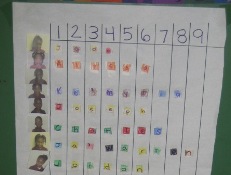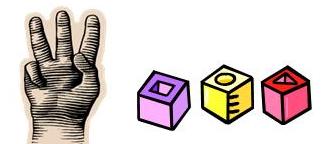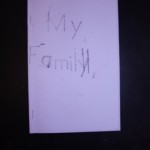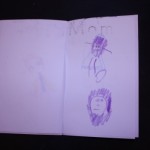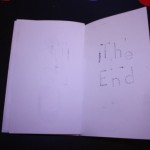I received an e-mail from a Mommy Teacher User who was asking for ideas to ease the home school process. When I tried to respond there was an error with her e-mail address; so, I decided to share my thoughts with all of the Mommy (and Daddy) Teachers out there.
On the “Getting Started” page of my website, each subject matter follows a sequence of children’s development. Each activity has ideas on how to make learning FUN for kids. But one thing that I noticed makes learning easier is when you include another child (or more) because children become more engaged with social influence. Activities become more like games with their peers, and adding the social development factor is KEY for home schooled children anyhow. Pair up with another homeschooling mom (two, or three!) and take turns teaching activities… if that is an option.
I have A LOT of ideas…I’d love to share more if you can send me some additional info, for example: What types of activities and content have you been working on with your child so far (ABC’s, Numbers, etc.)? How much time do you spend on each activity? Do you follow a curriculum? Is she the only child you home school?
Let me know any other ways that I can help!


